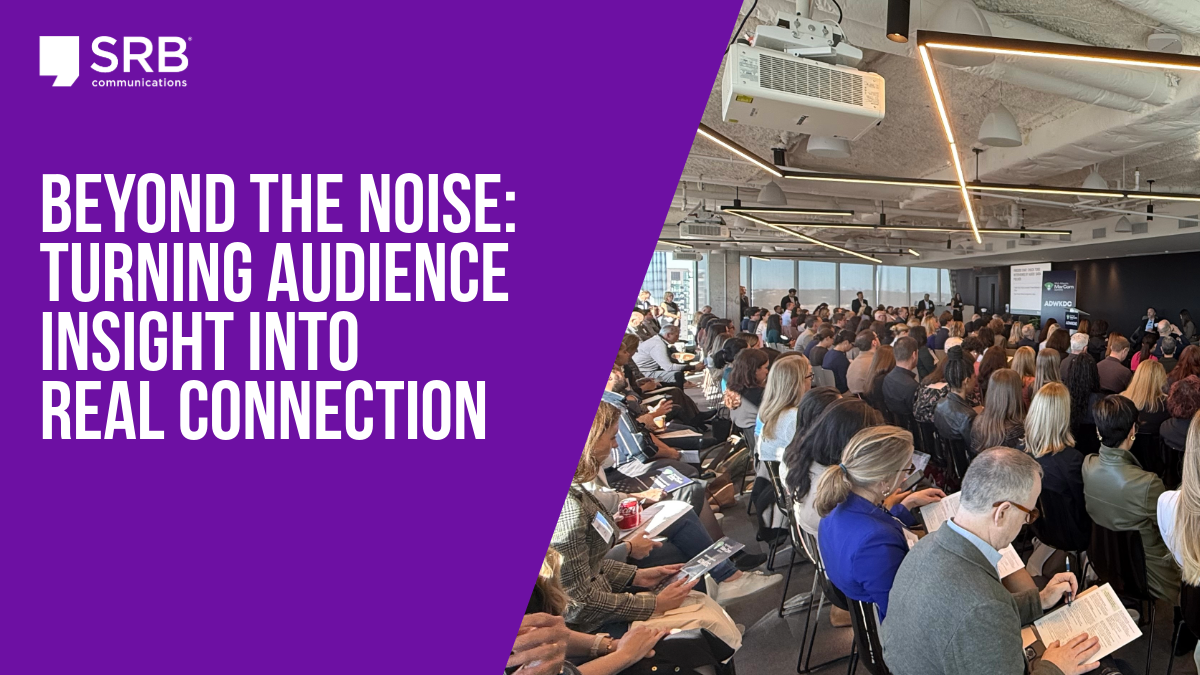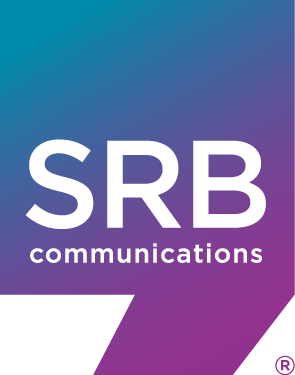News & Insights
Beyond the Noise: Turning Audience Insight into Real Connection

On October 9, 2025, members SRB team joined marketing, advertising, PR and communications professionals at the Mid-Atlantic MarCom Summit in Arlington, VA. One of the timeliest discussions focused on SEO in 2025 and how artificial intelligence is changing the way audiences discover and trust information online.
For years, SEO, or Search Engine Optimization, is the practice of helping websites rank higher in search engines like Google. Businesses rely on keywords, backlinks, and technical improvements to make their content more visible. In simple terms, SEO works like a library system. When content is labeled clearly, the librarian or search engine, can point readers to the right “book.”
That model no longer applies in the same way. At this year’s Summit, panelists explain how AI is reshaping search into something closer to an answer engine than a results page.
SEO in 2025: From Keywords to Conversations
In the past, users type short queries like “best walking shoes.” Today, people speak full sentences on their phones or smart devices.
For example:
-
“What are the best shoes for daily walking if you are over 60?”
-
“Which local restaurants serve healthy options for people with diabetes?”
-
“How do I compare retirement savings accounts in Virginia?”
Search engines powered by AI now process these conversational queries, pulling context from tone and intent rather than just keywords. The discussion at the Summit highlights that businesses must adapt by writing content that:
-
Sounds natural and conversational
-
Answers specific questions clearly
-
Uses structured information that AI can easily interpret
This change means marketers and communicators must rethink their strategies, shifting from isolated keywords to entire topic areas.
Building Authority for AI Recognition
Speakers emphasize that being visible in SEO in 2025 requires more than publishing one-off blog posts. Companies need to create clusters of content that show depth and authority. For instance, a health-focused organization might publish:
-
An overview article on heart health
-
Supporting posts on diet, exercise and prevention
-
Videos and infographics on daily lifestyle tips
-
Case studies or expert interviews
Together, these pieces demonstrate expertise and build trust. AI then recognizes the brand as a credible source, making it more likely to appear in AI-generated summaries.
Success in this environment is not just about clicks. Brands measure impact by whether they are mentioned or featured in the AI’s response. Credibility, visibility and reputation matter as much as traditional traffic.
Beyond Google: How AI Weaves into Everyday Work
The panel also addresses how AI moves beyond Google’s search engine. It becomes a tool embedded in company workflows, customer service bots and analytics platforms. For communicators, the challenge is ensuring content can be understood both by people and by AI systems programmed to filter and summarize information.
The focus shifts to three essentials:
-
Structure: Clear headings, bullets and easy-to-read formatting.
-
Clarity: Direct language that avoids jargon.
-
Consistency: Content that maintains accuracy across platforms.
These principles not only improve user experience but also increase the chance of being trusted by AI.
Why SEO in 2025 Matters
The future of search is more than marketing. It shapes how people access health guidance, financial advice, local resources and global news. When AI determines the first answer people see, trust and credibility become critical.
At the Summit, the SEO and search evolution panel helps participants understand how to prepare for this future. The main lesson is clear: AI is not simply influencing search. AI has become the search.
Marketers, agencies and communicators walk away with the reminder that content strategies must be proactive, people-focused and structured in ways that AI systems can easily process. Those who embrace this shift position themselves as trusted sources in an environment where visibility depends on machine-driven recognition.



